What Gauge is Baling Wire? (Wire Thickness)
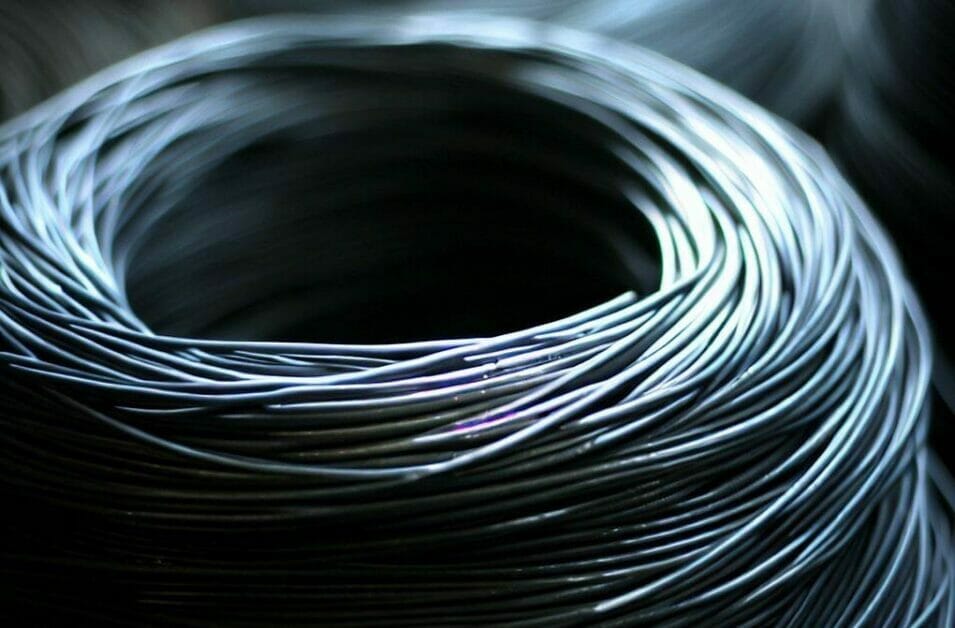
Baling wire, or haywire as it’s often called, typically ranges from 14 to 16 gauge. If you’re scratching your head wondering what ‘gauge’ means, don’t worry! I was in your shoes once. Simply put, gauge refers to the diameter or thickness of the wire.
In this article, we’ll dig deeper into what these numbers mean and why they matter when choosing baling wire. We’ll also look at other factors you need to consider before purchasing.
Trust me; by the end of this read, you’ll be a baling wire expert!
Understanding Baling Wire Basics
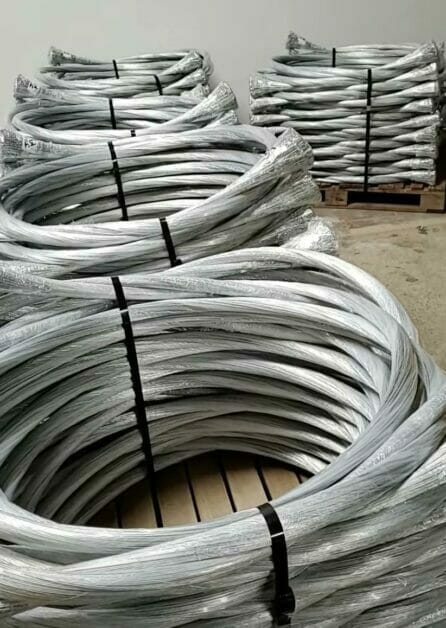
You might not think much about it, but this little piece of metal is essential in many industries. It keeps things together and organized, from hay bales in farming to paper and cardboard for recycling.
Baling wire isn’t a one-size-fits-all kind of thing – oh no! It comes in different gauges or thicknesses. The gauge determines how strong the wire is and what kind of weight it can handle without breaking.
Now, here’s something interesting. The larger the gauge number, the thinner the wire – yes, you read that right! So if I say a 14-gauge wire, it’s actually thinner than a 9-gauge one.
Take a look at this quick guide I put together:
| Gauge Number | Diameter (in millimeters) |
|---|---|
| 9 | 3.76 |
| 10 | 3.40 |
| 11 | 3.05 |
| 12 | 2 .77 |
| 13 | 2 .41 |
| 14 | 2 .11 |
As you can see from our handy table above, as we go down the list from gauge number nine to fourteen, each step decreases the diameter size by roughly .35 millimeters.
But remember folks: just because a wire has a higher gauge number doesn’t mean it’s weaker! Different applications require different strengths and flexibility levels – so there isn’t really such thing as ‘the best’ baling wire out there.
For instance:
- A highly flexible yet durable application would need something like an 11 or 12-gauge.
- On the other hand, if your job requires more strength then perhaps thicker gauges like 9 or even lower are your best bet.
The Importance of Gauge in Baling Wire
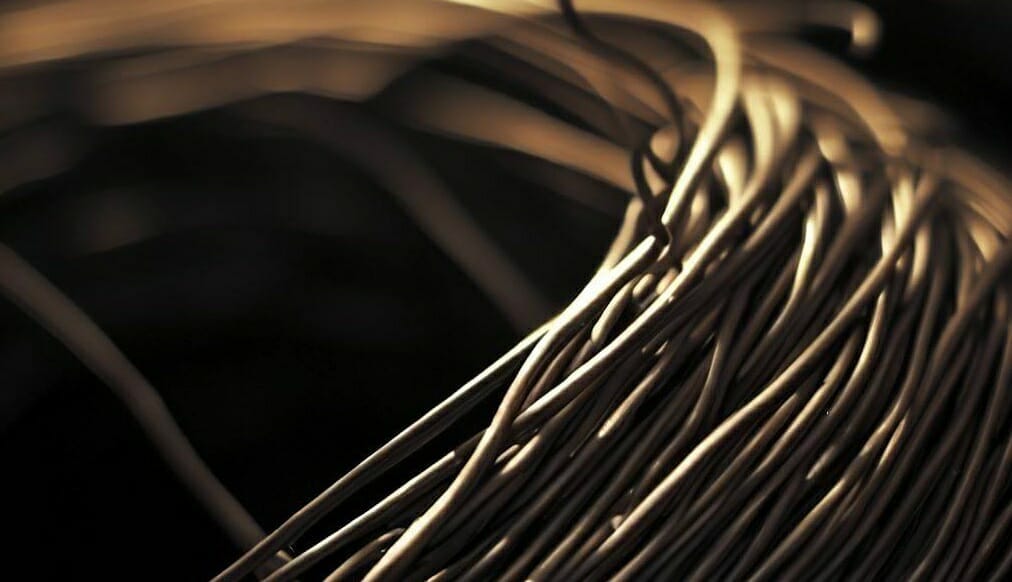
If you’ve ever wondered, “What gauge is baling wire?” then you’re about to get a crash course! Here’s the bottom line: gauge matters.
First off, let me clear up any confusion. When I say ‘gauge’, I’m talking about the thickness of the wire. It’s measured by numbers – and here’s the kicker, it works in reverse. A higher number means a thinner wire. So a 14-gauge wire is actually thicker than a 20-gauge one!
Now that we’ve got that out of the way, why does gauge matter? Well, for starters, it affects strength and durability. A thicker wire (lower gauge) is going to be stronger and longer lasting than a thinner one (higher gauge). That means if you’re dealing with heavy-duty stuff, like bundling scrap metal or hay bales on a farm, you’ll want to go for something sturdy.
But hold on just a minute! Strength isn’t everything when choosing your bale tie size. Here are some key factors:
- Material Type: Different materials compress differently – making them require different gauges.
- Bale Size: Larger bales need stronger (lower gauge) wires.
- Compression Force: High compression force can cause thin wires to snap!
Finding that sweet spot between durability and flexibility can feel like walking a tightrope! But don’t fret; I’m here to guide you through this tricky terrain!
Common Gauges for Different Baling Needs
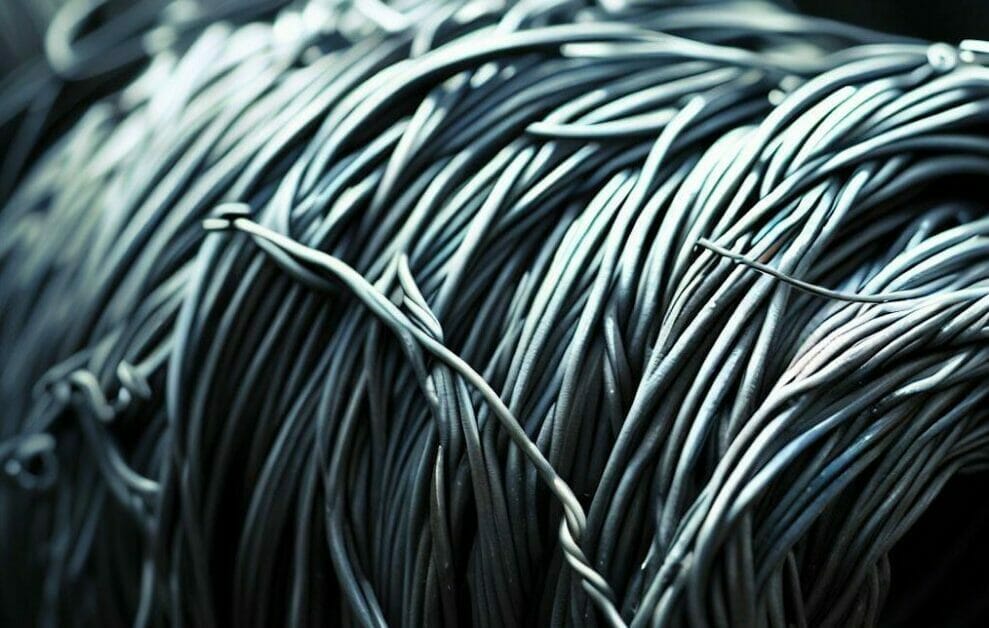
It’s not a one-size-fits-all situation; different needs call for different gauges. You’ll often find 9-gauge and 11-gauge wires being the most commonly used sizes in the baling industry. These guys are tough, durable, and can handle heavy loads of recyclables or hay without breaking a sweat.
| Gauge | Typical Use |
|---|---|
| 9 | Heavy-duty tasks like baling recyclables |
| 11 | General purpose tasks such as tying straw or hay |
But hang on! There’s more to it than just picking a number. You want to match the gauge with your specific baling needs.
For instance, if you’re dealing with light materials like paper or cardboard, then you might go for smaller gauges like 14-16. They’re thinner but still strong enough to hold your materials together snugly.
On the other hand, if you’ve got some heavy-duty stuff to bundle up – we’re talking metals or plastics here – then you’d be looking at larger gauges like 10-12. These big boys have greater strength and durability, which is exactly what you need when handling hefty materials.
Remember that choosing the right gauge isn’t just about what you’re bundling up – it also depends on what kind of baler machine you’re using!
It’s all about balance: finding that sweet spot where the wire is strong enough for your needs but thin enough for your machinery. So don’t hesitate to experiment until you find which gauge suits you best!
High Gauge vs. Low Gauge: What’s the Difference?
So, you’re wondering about baling wire gauges, huh? Let’s dive right in and dissect this intriguing subject!
First things first, what is a gauge? Well, when we talk about wire gauge, we’re referring to the diameter of the wire. The tricky bit is that a higher gauge number actually indicates a thinner wire! I know it sounds like a mind twister but stick with me here.
The thickness of your baling wire can dramatically impact its strength and flexibility. Typically, lower gauge wires (thicker) are stronger but less flexible. These bad boys are ideal for heavy-duty applications where strength trumps everything else.
On the other hand, higher gauge wires (thinner) tend to be more flexible but somewhat weaker. They’re perfect for tasks where you need a little give and don’t have to deal with super heavy loads.
Here’s a quick rundown:
| Wire Type | Flexibility | Strength |
|---|---|---|
| High Gauge (Thinner) | More Flexible | Less Strong |
| Low Gauge (Thicker) | Less Flexible | More Strong |
Next time you’re shopping for baling wire, remember this simple rule: the higher the number on the package, the thinner the wire.
You might be asking yourself now – why does all this matter? Here’s why:
- Choosing an appropriate wire thickness can make your job easier.
- It optimizes safety by reducing the risk of breakage.
- Selecting correctly helps ensure the longevity of your tools and machinery.
How to Choose the Right Wire Gauge for Your Bale Size
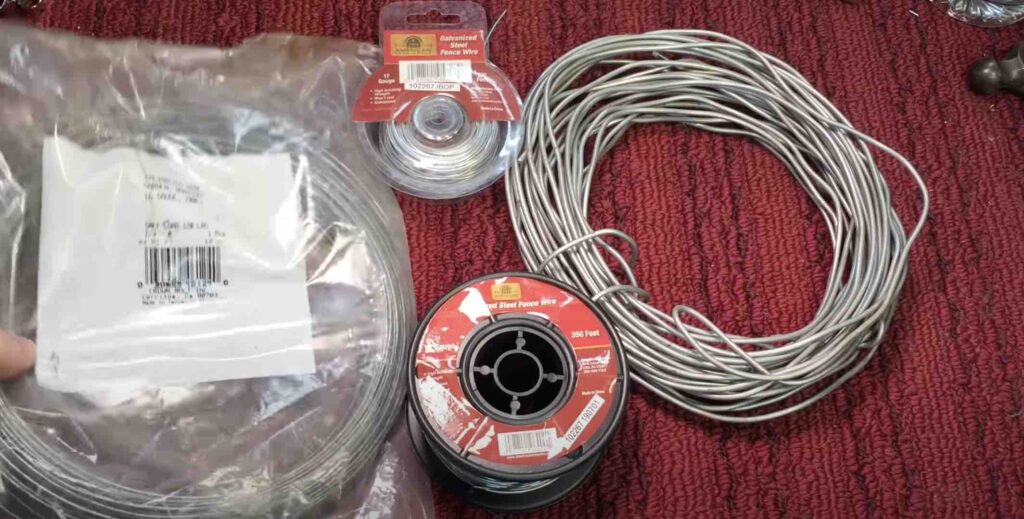
Alright folks, let’s dive into this topic. First off, you’ve got to remember that baling wire isn’t one-size-fits-all. Just like you wouldn’t wear a size 7 shoe if you’re a size 10, you can’t use the same gauge of wire for every bale size.
Now, when picking out your baling wire, there are a few key things I want you to keep in mind:
- The type of material being baled: Lightweight materials like paper or hay might be good with a lower gauge (thinner) wire. But heavy-duty stuff? You’re going to need something stronger – think higher gauge (thicker) wire.
- Size and weight of the bale: The larger and heavier your bales are, the more likely it is that they’ll need thicker wires.
- Your baler machine capabilities: Remember friends, not all balers work well with all types of wires. Make sure to check what your machine can handle before making any decisions.
Now here are some numbers for y’all visual learners out there. Let’s say we’re dealing with cardboard recycling:
| Bale Size | Wire Gauge |
|---|---|
| Small (up to 60 lbs) | 14 -15 gauge |
| Medium (up to 1000 lbs) | 12 -13 gauge |
| Large (over 1000 lbs) | 11 -12 gauge |
I’m telling ya’, it’s all about balance here folks! Too thin and the wire won’t hold your bale together; too thick and it could potentially damage your equipment or even worse – compromise safety!
Safety Precautions When Working with Different Gauges of Baling Wire
First off, always use gloves. I can’t stress this enough. Even the smallest gauge wire can cause some nasty cuts if it slips in your hand.
Next up is eye protection. Now, you might be thinking “I’m just twisting wire together; what could possibly go wrong?” Well, my friend, that’s where you’d be wrong! Wires can spring back suddenly and – bam – there goes an eyeball! So always remember to protect those peepers.
Apropos of different gauges – they have various strengths and flexibility levels:
- 9 gauge wire is very strong but less flexible.
- 14 gauge wire, on the other hand, is more flexible but not as strong.
Depending on what you’re doing, both types have their place. But here’s the kicker: the stronger the wire (lower gauge number), the harder it’ll be to manipulate manually. And that means more potential for injury if something goes wrong.
Another thing to keep in mind is your work environment. Always ensure it’s clean and free from tripping hazards because let’s face it; no one wants to trip while holding sharp wires.
And lastly – don’t forget about proper tool maintenance. Keep them clean and sharp because dull tools are actually more dangerous than sharp ones!
References
Studies and Organizations:
- Wire Association International. https://www.wirenet.org/
- American Society for Testing and Materials (ASTM). https://www.astm.org/
- National Institute for Occupational Safety and Health (NIOSH). https://www.cdc.gov/niosh/index.htm
Books:
- “Wire Technology: Process Engineering and Metallurgy” by Roger N. Wright
- “The Wire Rope User’s Manual” by Wire Rope Technical Board
Website Resources:
- The Engineering Toolbox. https://www.engineeringtoolbox.com/
- Haywire Group. https://www.haywireinc.com/
Video References:
Armani Toledo
ScoutCrafter
D R Baling Wire Manufacturers Limited
Jiang Vincent
